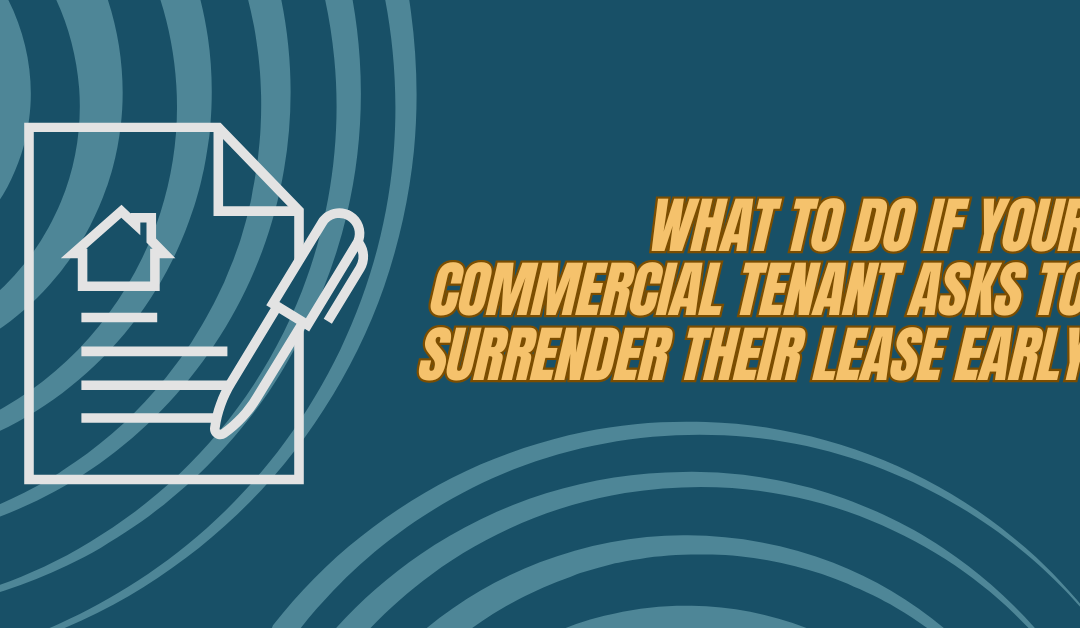I’m coming to you with a solution to quite a regular occurrence… that moment when a tenant tells you they want to leave before the lease ends and how to deal with it.
Here’s what to do about it:
Understand the Situation
A tenant may want to exit a lease early due to financial struggles or because the space no longer suits their needs. The first step is to listen and understand their reasons without making immediate decisions. Encourage them to put their request in writing for formal documentation.
Review the Lease Agreement
Read the lease thoroughly to understand the clauses related to assignment and subletting. If the lease includes an assignment clause, the tenant may be able to transfer the lease to another party. If subletting is an option, the tenant can sublease part of the space to another tenant.
Evaluate Your Position
Determine your stance on the tenant’s request. While you can hold the tenant to the lease terms, consider the risks of forcing them to stay, such as business closure or abandonment of the property. Calculate the total financial impact, including rent, service charges, insurance, business rates, and utility standing charges for the remainder of the lease.
Consider Dilapidations
Inspect the premises for any repairs or reinstatement work required under the lease. If extensive work is needed, hire a building surveyor to conduct a dilapidation survey. This will provide a detailed cost estimate for the necessary repairs, which can be included in the surrender premium.
Negotiate a Surrender Premium
Combine the calculated financial impact and dilapidation costs to propose a surrender premium to the tenant. This is the amount they must pay to exit the lease early. Be open to negotiation, as the tenant might not be able to pay the full amount upfront. You can either negotiate directly or involve a surveyor to handle the negotiations.
Document the Agreement Properly
Ensure the surrender agreement is properly documented by a solicitor. This legal documentation is crucial to avoid any future disputes and to ensure that the lease is terminated correctly. An improperly documented surrender can result in the tenant retaining rights to the premises without paying rent.
Consider Future Costs
Understand that while the tenant leaving early might reduce immediate income, it’s not reasonable to charge them for future letting fees that you would incur regardless. Your focus should be on covering the costs directly associated with their early departure.
Make an Informed Decision
As a landlord, it’s your discretion whether to accept the surrender premium or not. Some landlords might prefer a significant premium, while others might accept a smaller amount to resolve the situation swiftly. Decide based on your financial needs and long-term property strategy.
Use Professional Help
Engage a solicitor for the surrender process to ensure all legalities are covered. Also, consider hiring a surveyor for dilapidation negotiations. Their expertise can help in securing a fair settlement.
Plan for Re-Letting
Once the surrender is accepted and documented, use the surrender premium to cover any refurbishment costs and prepare the property for a new tenant. This ensures minimal downtime and a quicker return to receiving rental income.
By following these steps, you can handle a tenant’s request to surrender their lease early in a way that protects your interests while also being fair to the tenant.
You can catch previous blog posts here and listen to the podcast here.




